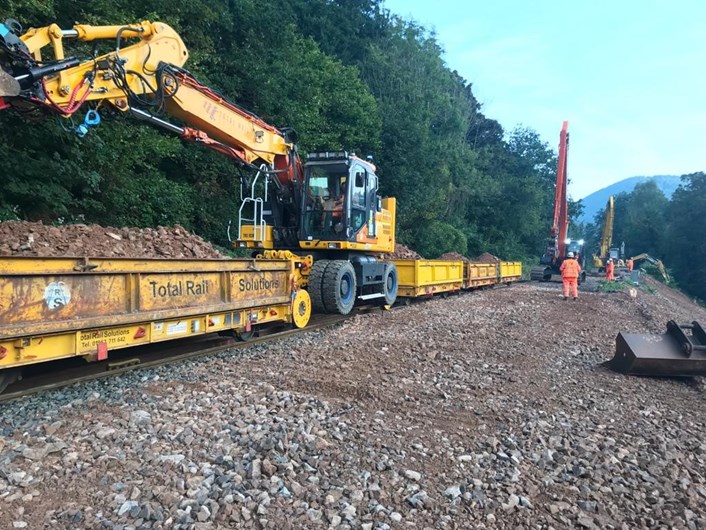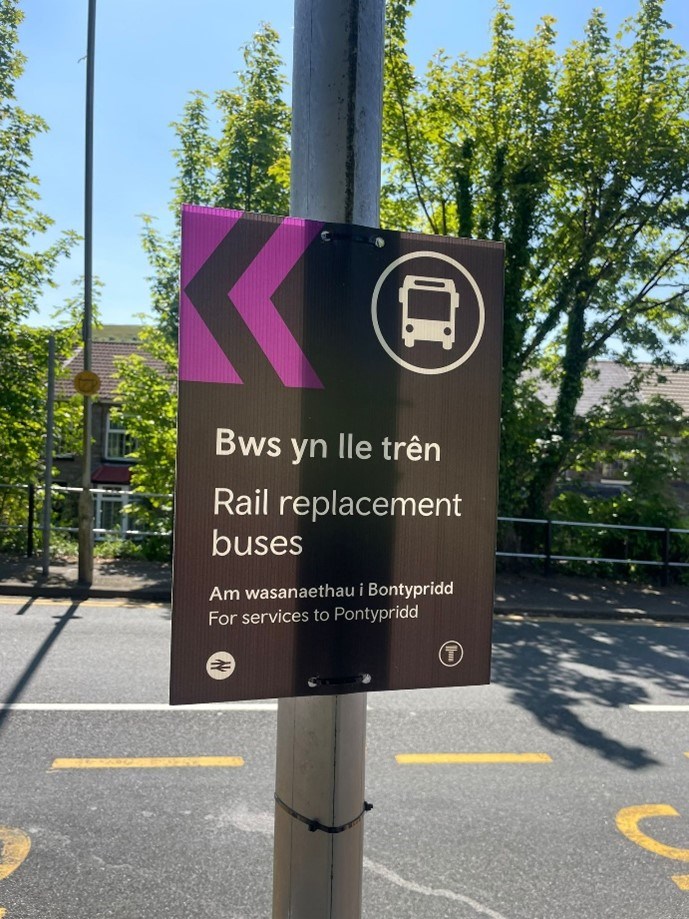21 Sep 2023
IT’S the last thing you want to hear when you’re travelling - engineering work this weekend so your train is replaced by a bus.
But why does it always seem to be at an inconvenient time and what actually goes into planning it?
Engineering work can last anything from a couple of hours to weeks on end.
From September to December, a large part of the Cambrian coast line is closed as Network Rail carry out essential work on the 154-year -old Barmouth viaduct.
They are also carrying out essential track renewal in the 170-year-old Dinmore Tunnels at the same time, meaning a rail replacement service between Shrewsbury and Hereford.
Ultimately the work has to happen – to ensure trains can run safely on it and to save more serious repairs in the future.
But couldn’t it wait a week or two?
“We will always work with Network Rail to find the times work will have the least impact,” says Transport for Wales’ Performance and Planning Director Colin Lea.
“The Cambrian coastline thrives on tourism for example and is crucial to the local economy so we worked out a plan for the viaduct renewals to begin after the summer holidays. We are constantly casting our eyes forward to the times where the work will have the least impact on customers and working with Network Rail to find suitable alternatives. It’s not always possible, particularly if it’s an emergency repair after storm damage for example, but normally we can do something.”
Some examples include next June’s Taylor Swift concert where engineering work was originally planned on the Ebbw Vale line but has been moved to May instead. When Wales take on France in the next Six Nations, work had been planned for Swansea to Bridgend. This has now been moved a week.
The railway network is almost 200 years old. With an aging infrastructure, it’s important that continual maintenance and vital upgrades are completed to ensure that the network is safe and to improve reliability. With over 10,000 miles of track to look after across the United Kingdom (and nearly 3,000 miles in Wales alone) there’s always work that needs to be done.
When work on the track effects our services, we work closely with Network Rail to help keep disruptions to a minimum wherever possible and that information is shared often, to make ensure that it is accurate and up to date.
Train Operators normally receive the “Confirmed Period Possession Plan” 26 weeks in advance of a line closure or “possession”. This should include all the engineering work taking place in this week. Then the Train Planning team write their amended train plan and agree this with Network Rail 12 weeks prior to the work taking place.
Depending on the nature of any work, Network Rail also inform line side neighbours through letters particularly when noise or disruption to road traffic is unavoidable.
After that the bus plan is sent over to the Road Transport Team to recruit the buses and the information begins to appear in journey planning systems, websites and in posters at the affected stations. As the dates get closer our social media team will also send out reminders to customers to check before they travel. We share these plans with Network Rail who also provide social media coverage, as well as continued communication with line side neighbours, to ensure that the information is accurate.
As well as our providing our own rail replacement buses we also work with other operators, where we can, to get ticket acceptance in place so customers can use alternative routes.
More significant line closures may also require a press release to let as many people know as possible.
TfW Access and Contracts Manager Susan Olohan explained that where possible, engineering work would also be grouped together to minimise the overall time of disruption.
She said: “There is never a ‘good time’ to do engineering work and nobody appreciates their train being cancelled, diverted or being replaced by a bus but we try our best to avoid major events, seasonal busy periods and other conflicting engineering work.”






